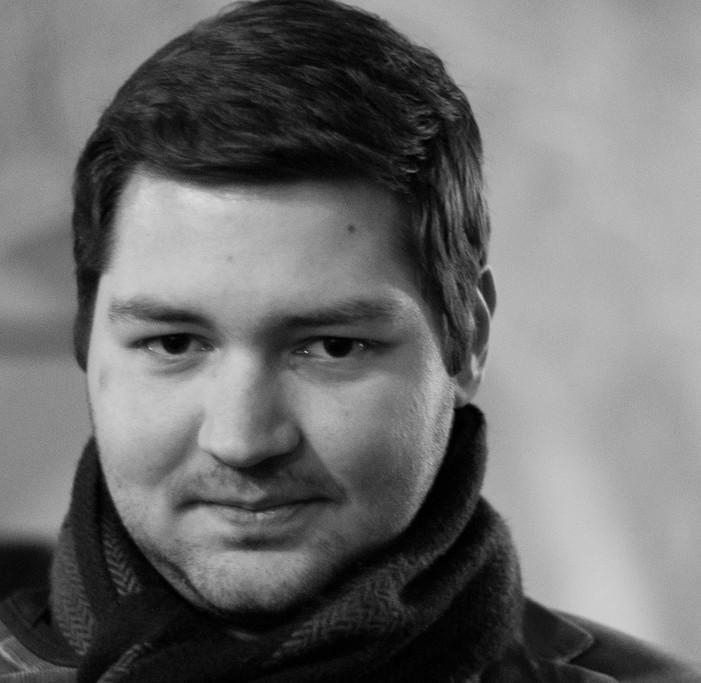
In an earlier post we saw how to extend the NetEye Perl API (http://www.neteye-blog.com/2017/06/how-to-extend-or-modify-the-apis/). By popular request, today we will stay at a higher level and walk through some simple use cases:
* Searching for Objects
* Adding new Objects
* Removing Objects
Most of our scripts will have the following skeleton: ``` #!/usr/bin/perl use strict; use warnings; use NetEye::Config; # AutoPersist => 0 avoids writing to DB immediately. # Calling ->save() on changes is necessary. my $ConfigObject = NetEye::Config->new( AutoPersist => 0, ); # Our Code goes here 1; ```
The NetEye::Config Class is a monolithic singleton, possibly instantiated only once per script. It is used for loading global configurations, allowing local overrides and establishing and pooling connections to databases and services.
Getting Information
If we want to see if a specific Host is in the database, we can use the searchForObject() subroutine. (If you would like more information about the usage of a package/subroutine, please consult the related perldoc.)
```
#!/usr/bin/perl
use strict;
use warnings;
use NetEye::Config;
use NetEye::Monitoring::Host;
use Data::Dumper; # only used for development/printing
my $ConfigObject = NetEye::Config->new( AutoPersist => 0, );
my $HostName = 'neteye';
# Instantiating a new Object of the Class Host
# This is needed as Helper Object holding the details for the general implementation
# of ->searchForObject() in the parent Class NetEye::Object
my $Host = NetEye::Monitoring::Host->new( ConfigObject => $ConfigObject, )
->searchForObject(
Properties => {
name => $HostName,
}
);
if ($Host) {
print Dumper($Host->getProperties());
} else {
print "Host '$HostName' not found."
}
1;
```
An example that’s a little bit more complex would be finding all hosts with a specific host template.
```
#!/usr/bin/perl
use strict;
use warnings;
use NetEye::Config;
use NetEye::Monitoring::Host;
use NetEye::Monitoring::Template::Host;
use Data::Dumper; # only used for development/printing
my $ConfigObject = NetEye::Config->new( AutoPersist => 0, );
my $HostTemplateName = 'generic-host';
# Our Code goes here
my $HostTemplate = NetEye::Monitoring::Template::Host->new( ConfigObject => $ConfigObject, )
->searchForObject(
Properties => {
name => $HostTemplateName,
}
);
if (!$HostTemplate){
print "HostTemplate with Name '$HostTemplateName' not found!\n";
exit 1;
}
# Here we use the seachFor() subroutine instead of searchForObject() which expects to return a single Object.
# searchForObject() returns an error if there is more than one result
my @Hosts = NetEye::Monitoring::Host->new( ConfigObject => $ConfigObject, )
->searchFor(
Properties => {
hosttemplate_id => $HostTemplate->getId(),
}
);
if (! scalar(@Hosts)) {
print "HostTemplate '$HostTemplateName' is not assigned to any hosts.";
exit 2;
}
for my $Host (@Hosts){
print Dumper($Host->getProperties());
}
1;
```
Adding / Removing Objects from the DB
————————————-
We can easily add Objects to the Database by creating a new Object of the desired Class, setting the desired Properties and calling ‘->save()’.
```
#!/usr/bin/perl
use strict;
use warnings;
use NetEye::Config;
use NetEye::Monitoring::Host;
use NetEye::Monitoring::Template::Host;
use Data::Dumper;
my $ConfigObject = NetEye::Config->new( AutoPersist => 0, );
my $HostTemplateName = 'generic-host';
my $HostName = 'MyNewHost';
my $HostAddress = '127.0.0.1';
# A Host needs to have a HostTemplate assigned.
my $HostTemplate = NetEye::Monitoring::Template::Host->new( ConfigObject => $ConfigObject, )
->searchForObject(
Properties => {
name => $HostTemplateName,
}
);
if (!$HostTemplate){
die "HostTemplate with Name '$HostTemplateName' not found!";
}
# Here we create a new NetEye::Host Object and set the Properties we want it to have.
# hosttemplate_id is a mandatory property so we must pass a valid ID.
# You can understand which properties are mandatory and which are optional
# by simply looking at the PropertiesMap of the desired Class.
my $Host = NetEye::Monitoring::Host->new(
ConfigObject => $ConfigObject,
Properties => {
name => $HostName,
alias => $HostName . " Alias",
address => $HostAddress,
hosttemplate_id => $HostTemplate->getId(),
},
);
if ( !$Host->save() ){
die "Saving Host '$HostName' to DB failed!";
}
my $ID = $Host->getId();
print "ID: " . $ID . "\n" . Dumper($Host->getProperties());
# The Host can now be found in the DB, either by ID or by name.
$Host = NetEye::Monitoring::Host->new( ConfigObject => $ConfigObject, )
->searchForObject(
Properties => {
#host_id => $ID,
name => $HostName,
}
);
print "ID: " . $Host->getId() . "\n" . Dumper($Host->getProperties());
# By calling ->remove() the object is immediately removed from the Database.
if ( !$Host->remove() ){
die "Removing Host '$HostName' to DB failed!";
}
# Now we will get no result from any search query
$Host = NetEye::Monitoring::Host->new( ConfigObject => $ConfigObject, )
->searchForObject(
Properties => {
name => $HostName,
}
);
print "Gone: " . Dumper($Host);
1;
```
From here on out you can mix and match these concepts as necessary. Remember to lways refer to the documentation contained in the single Perl classes!







